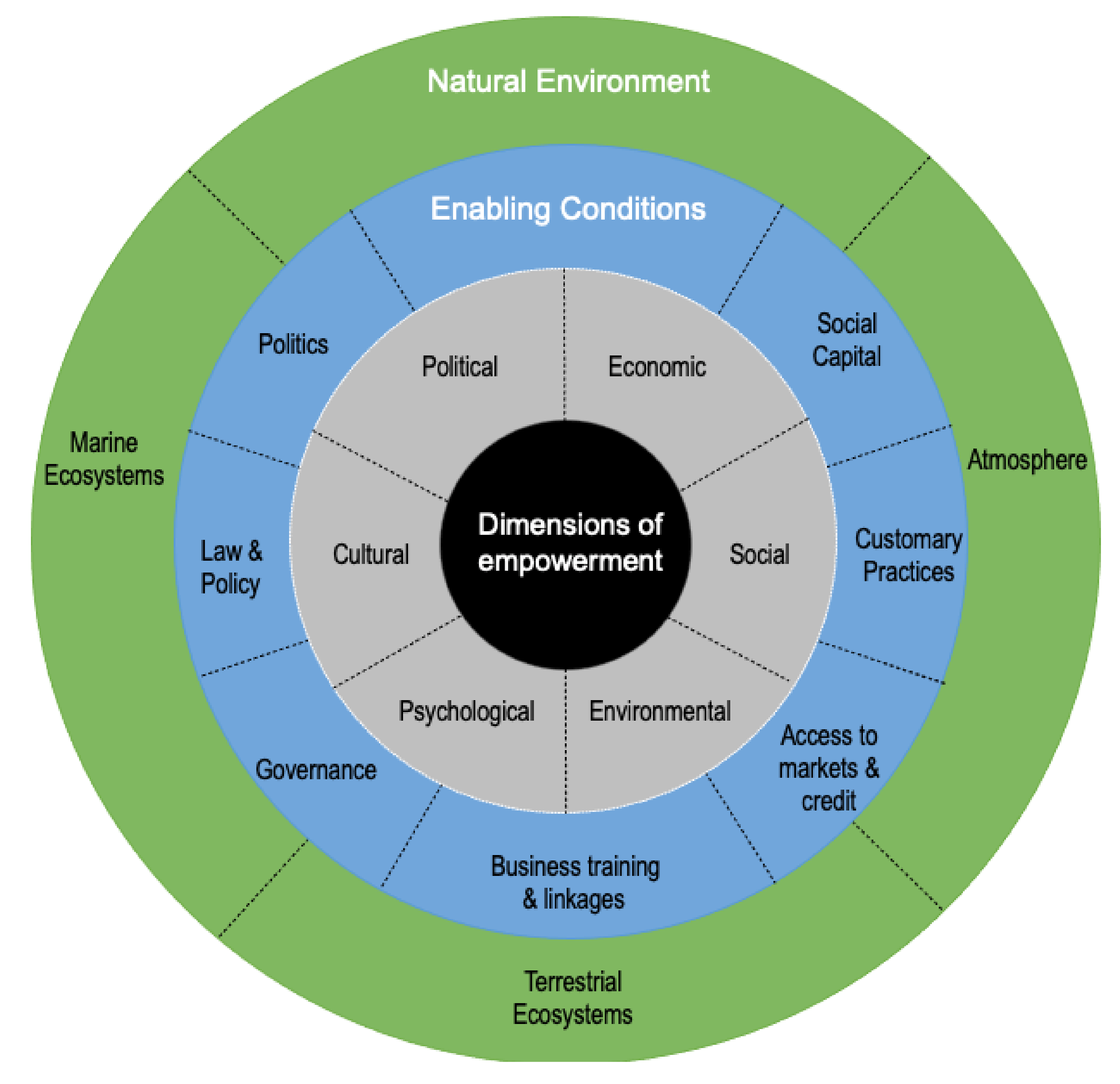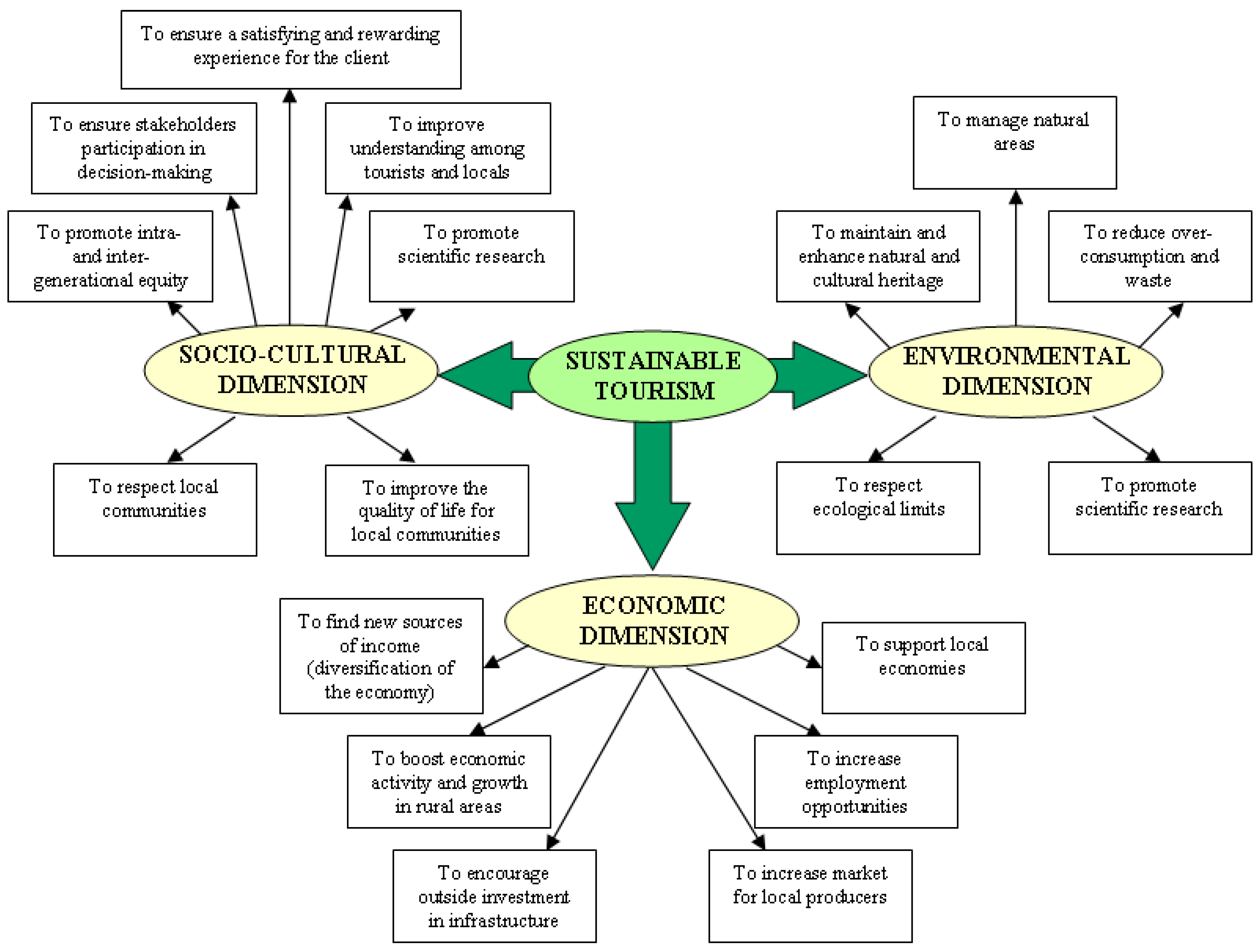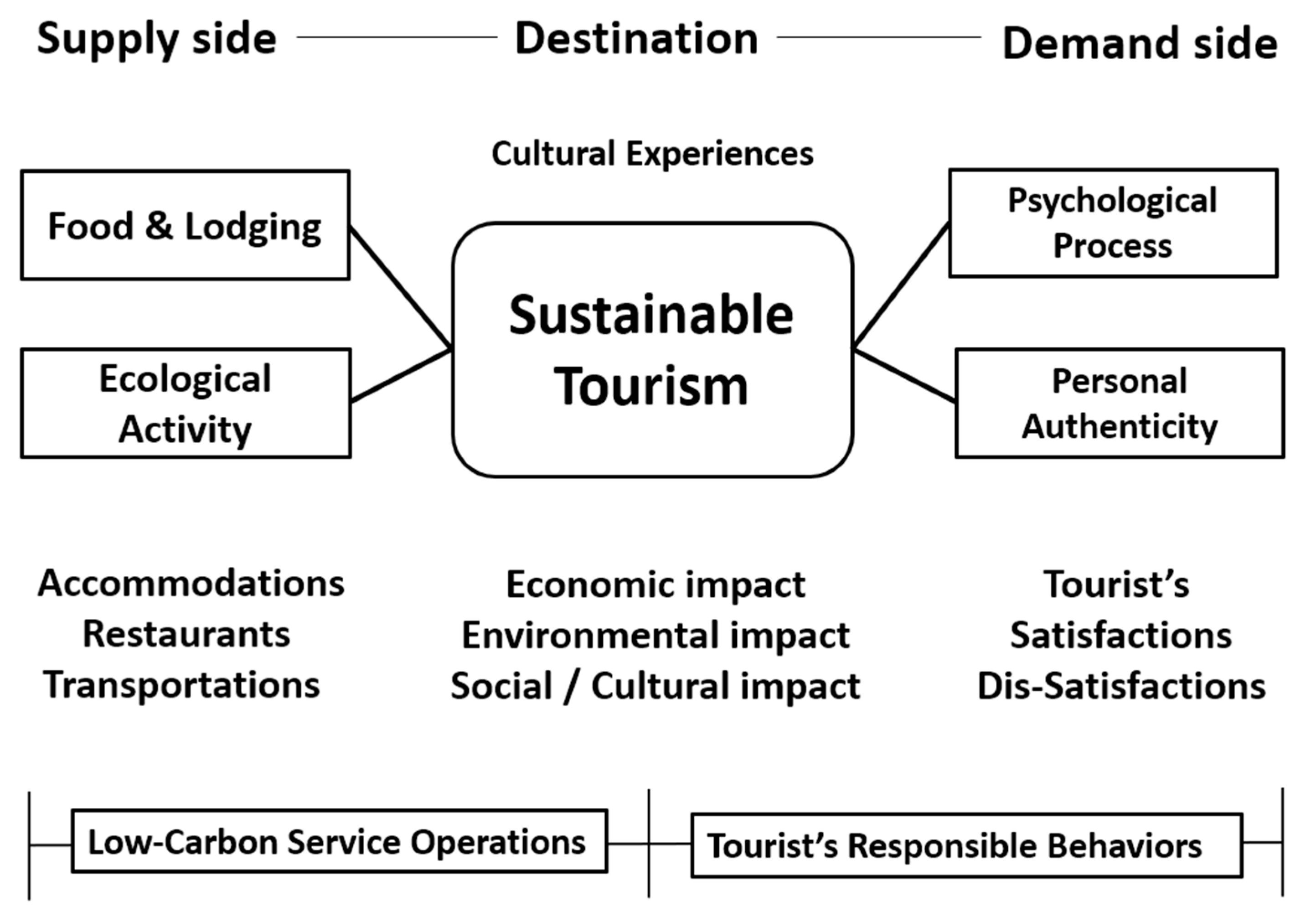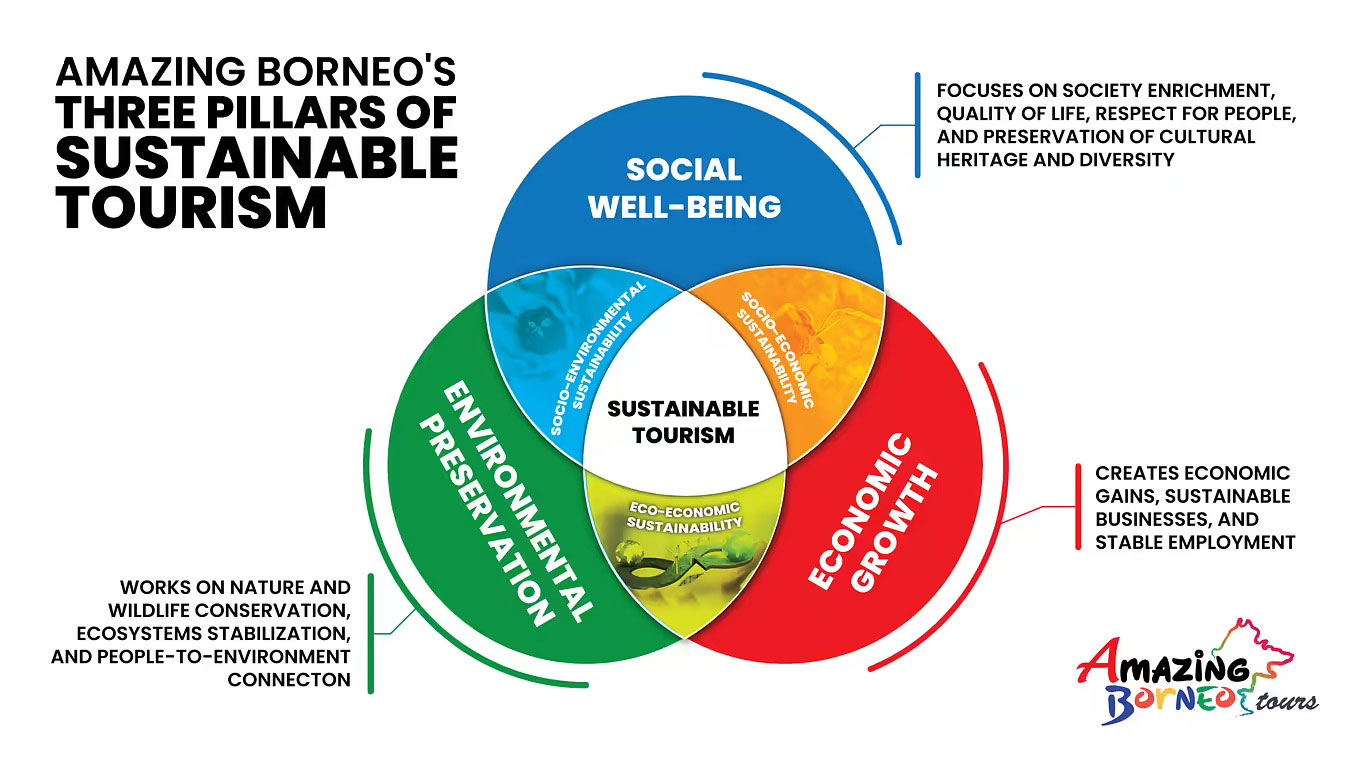The sustainable tourism framework is a comprehensive approach to tourism development that seeks to minimize negative impacts on the environment, local communities, and cultural heritage while maximizing economic benefits. This framework recognizes the interconnectedness of these elements and provides a roadmap for creating a sustainable tourism industry that benefits all stakeholders.
Sustainable tourism practices aim to protect and preserve natural resources, promote cultural heritage, and support local communities. By adopting this framework, tourism destinations can ensure their long-term viability and appeal while contributing to the well-being of present and future generations.
Environmental Considerations
Sustainable tourism practices prioritize minimizing environmental impact while preserving natural resources for future generations. Local communities play a crucial role in environmental conservation and sustainable tourism development.
Examples of Sustainable Tourism Practices
- Using renewable energy sources in tourism facilities
- Implementing water conservation measures
- Reducing waste production and promoting recycling
- Protecting and restoring natural habitats
- Educating tourists about responsible tourism practices
Importance of Protecting Natural Resources
Protecting natural resources is essential for maintaining biodiversity, ecosystem services, and the overall health of the planet. Sustainable tourism practices help preserve these resources for future generations to enjoy and benefit from.
Do not overlook explore the latest data about Vegetarian Diet List: A Comprehensive Guide to Plant-Based Nutrition.
Role of Local Communities, Sustainable tourism framework
Local communities have a vested interest in preserving their environment and promoting sustainable tourism. They can participate in decision-making processes, monitor environmental impacts, and provide cultural experiences that enhance tourism while respecting local traditions and values.
You also can understand valuable knowledge by exploring Receive Makeup Every Month: A Guide to Subscription Boxes and Personalized Beauty.
Social and Cultural Aspects
Sustainable tourism acknowledges the crucial role of preserving and promoting cultural heritage and local traditions. It aims to foster understanding and appreciation among tourists while ensuring minimal negative impacts on host communities.
By actively engaging with local communities, tourism can showcase cultural heritage through guided tours of historical sites, traditional art workshops, and storytelling sessions. This not only enriches the tourist experience but also supports the preservation and transmission of cultural practices.
Ethical Implications
Ethical considerations are paramount in sustainable tourism. Tourists should be mindful of their actions and avoid behaviors that disrespect local customs or exploit vulnerable populations. It is essential to prioritize the well-being of host communities, ensuring that tourism benefits are shared equitably.
Respecting Local Customs
Understanding and adhering to local customs and traditions is fundamental for sustainable tourism. Tourists should familiarize themselves with local norms, dress codes, and social etiquette to avoid misunderstandings or causing offense. Respecting local customs fosters positive relationships between tourists and host communities.
Check Largest Subscription Box Companies: Market Overview and Key Players to inspect complete evaluations and testimonials from users.
Economic Sustainability
Tourism can significantly contribute to local economic development by generating revenue, creating jobs, and supporting local businesses. For instance, in developing countries, tourism often serves as a primary source of foreign exchange, providing funds for infrastructure development, education, and healthcare.
Job Creation and Local Business Support
Tourism creates jobs directly through the operation of hotels, restaurants, tour companies, and other tourism-related businesses. It also creates indirect jobs in supporting industries such as transportation, agriculture, and manufacturing. Local businesses benefit from increased demand for their products and services, leading to economic growth and improved livelihoods for local communities.
Examine how Boxes That Come Monthly: A Comprehensive Guide to the Subscription Box Phenomenon can boost performance in your area.
Fair Trade and Equitable Distribution of Benefits
Sustainable tourism emphasizes fair trade practices, ensuring that local communities receive a fair share of tourism revenue. Equitable distribution of benefits helps prevent the negative impacts of tourism, such as the displacement of local residents or the exploitation of workers.
By involving local communities in tourism development and decision-making, sustainable tourism promotes economic empowerment and social inclusion.
Infrastructure and Planning
Sustainable infrastructure development and comprehensive planning are crucial for the success and longevity of tourism destinations. Thoughtful planning and development can mitigate negative environmental and social impacts, enhance the visitor experience, and support the local community.
Sustainable tourism infrastructure should prioritize energy efficiency, water conservation, waste management, and accessibility for all. Green building practices, renewable energy sources, and eco-friendly transportation options contribute to reducing the environmental footprint of tourism.
Sustainable Infrastructure Design
- Using recycled and sustainable materials in construction
- Incorporating natural ventilation and lighting
- Installing energy-efficient appliances and lighting
- Implementing rainwater harvesting systems
- Designing accessible facilities for individuals with disabilities
Tourism Growth Planning
Managing tourism growth requires careful planning to minimize negative impacts. Carrying capacity assessments determine the maximum number of visitors a destination can support without compromising its environment and community. Zoning regulations and land-use plans guide development and prevent overcrowding.
- Establishing designated tourist zones
- Limiting the number of visitors during peak seasons
- Encouraging off-season tourism
- Promoting responsible tourism practices among visitors
Monitoring and Evaluation
Monitoring and evaluation are essential for assessing the progress and effectiveness of sustainable tourism initiatives. A comprehensive framework should be established to track key indicators, measure outcomes, and provide feedback for continuous improvement.
Stakeholder involvement is crucial in monitoring and evaluation processes. Their insights, feedback, and collaboration help ensure that the framework aligns with the needs and priorities of the community, industry, and environment.
Key Indicators
- Environmental impact: Carbon emissions, water consumption, waste generation
- Social and cultural impact: Job creation, community engagement, preservation of cultural heritage
- Economic impact: Revenue generation, investment in local businesses, diversification of income sources
- Infrastructure and planning: Sustainable transportation options, accessibility for all, responsible land use
Stakeholder Involvement
- Community members: Participation in decision-making, monitoring environmental impacts
- Tourism operators: Data collection, implementation of sustainable practices
- Government agencies: Regulation, policy development, support for monitoring efforts
- Researchers and experts: Analysis of data, evaluation of outcomes
Continuous Improvement
Monitoring and evaluation should provide ongoing feedback for continuous improvement. Findings should be used to adjust strategies, enhance sustainability practices, and address emerging challenges.
Final Conclusion: Sustainable Tourism Framework
The sustainable tourism framework provides a valuable guide for destinations seeking to develop a thriving tourism industry that respects and enhances the environment, local cultures, and economies. By embracing this approach, destinations can create a positive and lasting legacy for both visitors and residents alike.
Essential FAQs
What are the key elements of a sustainable tourism framework?
The key elements include environmental considerations, social and cultural aspects, economic sustainability, infrastructure and planning, and monitoring and evaluation.
How does sustainable tourism benefit local communities?
Sustainable tourism can create jobs, support local businesses, and promote cultural heritage, leading to improved economic and social well-being.
What is the role of monitoring and evaluation in sustainable tourism?
Monitoring and evaluation help track progress, measure effectiveness, and ensure that sustainable tourism practices are achieving their intended goals.




